
Allegory: Essence, Distinctive Features, History in Art
Allegory is an artistic technique of representing abstract concepts through easily recognizable visual images. For example, the figure of an old woman with a scythe in paintings suggests death, while a ship sailing across the sea represents the journey of life. Allegory is a special tool in an artist's arsenal that allows them to convey the deep meaning of their work to the viewer in an indirect form.
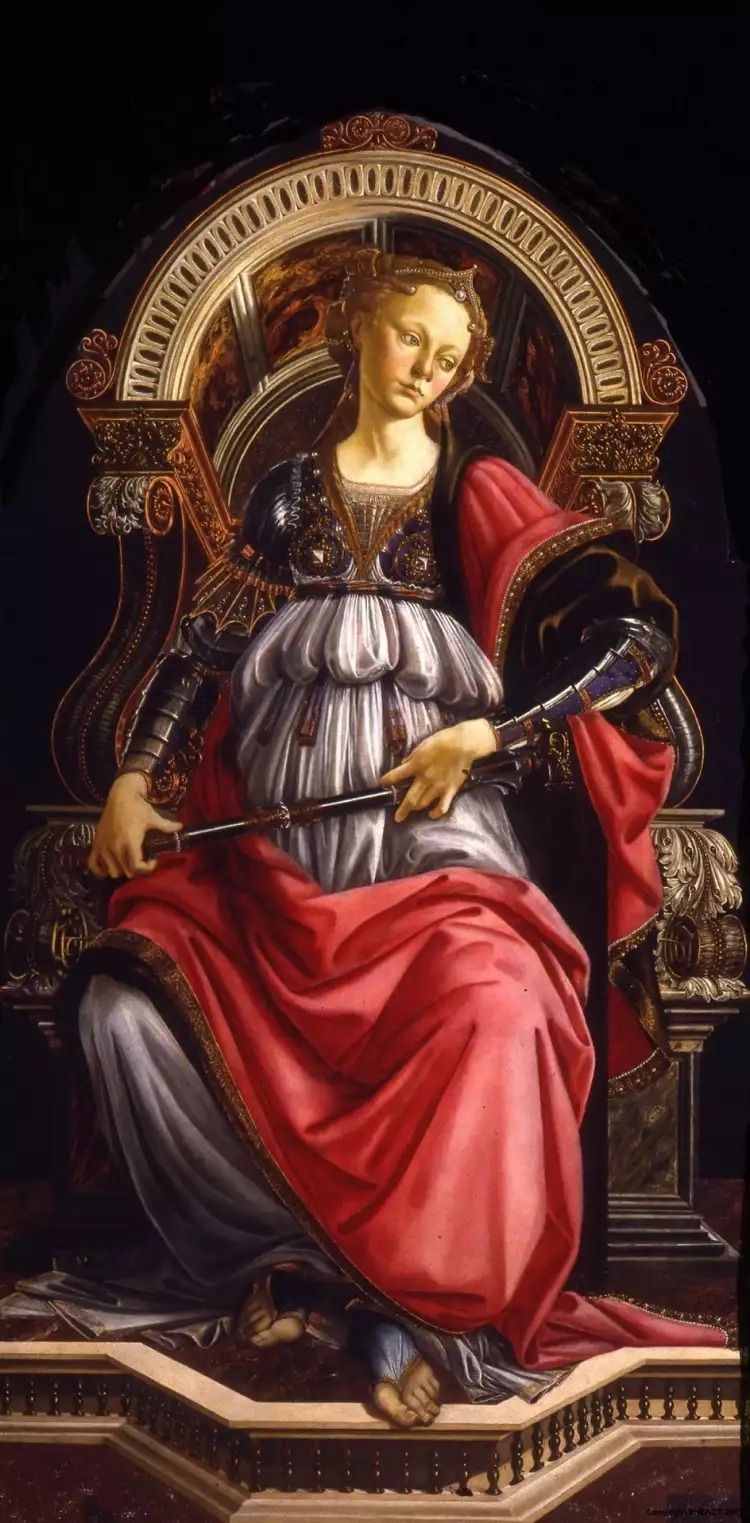 Allegory. Sandro Botticelli. Fortitude, 1470
Allegory. Sandro Botticelli. Fortitude, 1470
Allegory is used in painting, sculpture, graphics, architecture, literature, and photography. In visual arts, allegorical images are often present in works of various genres:
- Religious.
- Mythological.
- Battle scenes.
- Still life.
- Landscape.
How Allegory Differs from Symbolism
Many people confuse allegory with symbolism, but there are fundamental differences between these concepts. A symbol is a figurative image that can have several hidden meanings, while through allegory, the artist conveys a precise and unequivocal idea. Very often, allegory is composed of multiple symbols.
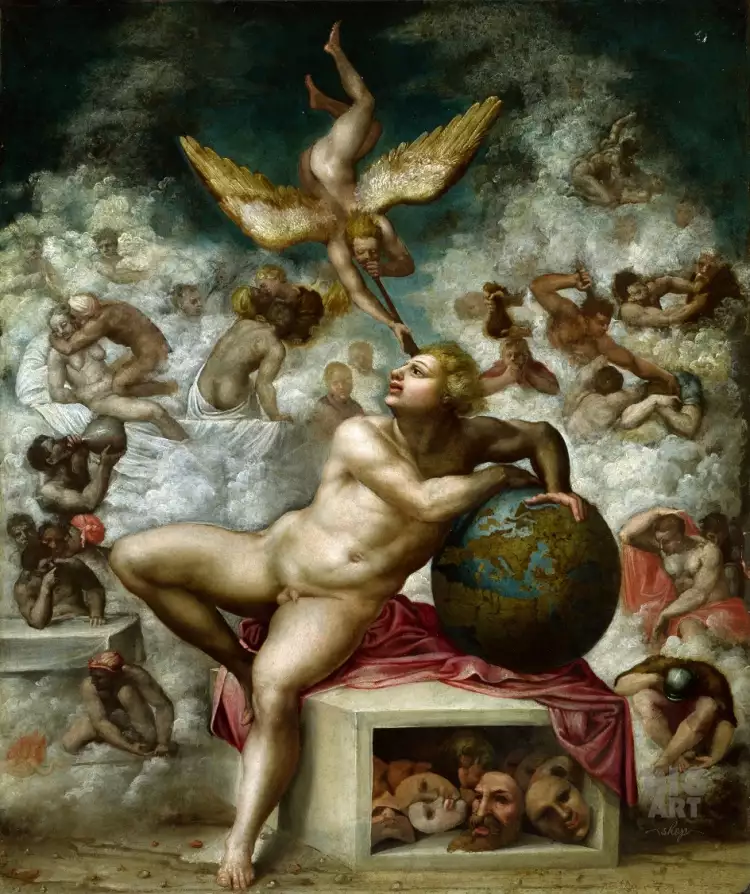 Allegory. Michelangelo. An allegory of human history, 1533
Allegory. Michelangelo. An allegory of human history, 1533
This can be explained more simply with the following example. The allegorical image of justice is well-known to most people - a woman with blindfolded eyes, holding scales in one hand and a sword in the other. It is formed from several symbols:
- The sword represents the inevitability of punishment.
- The blindfold symbolizes impartiality.
- The scales represent justice and fate.
Here, each symbol can be interpreted differently individually, but overall, the allegorical image is unmistakably understood as "justice."
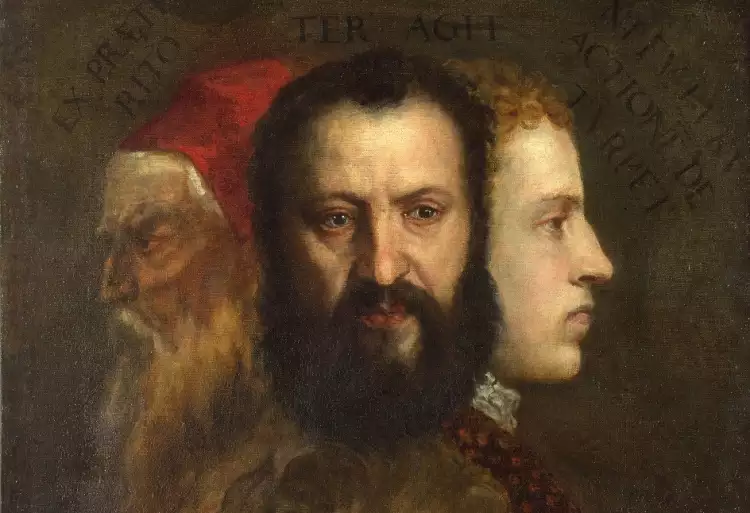 Allegory. Titian. Allegory of Prudence, 1570
Allegory. Titian. Allegory of Prudence, 1570
A Brief History of Allegory in Art
Allegory as an artistic technique first appeared in art in Ancient Rome, but its peak of popularity came during the late Renaissance period. Paintings filled with figurative images are often found in the styles of:
- Mannerism.
- Baroque.
- Early Classicism.
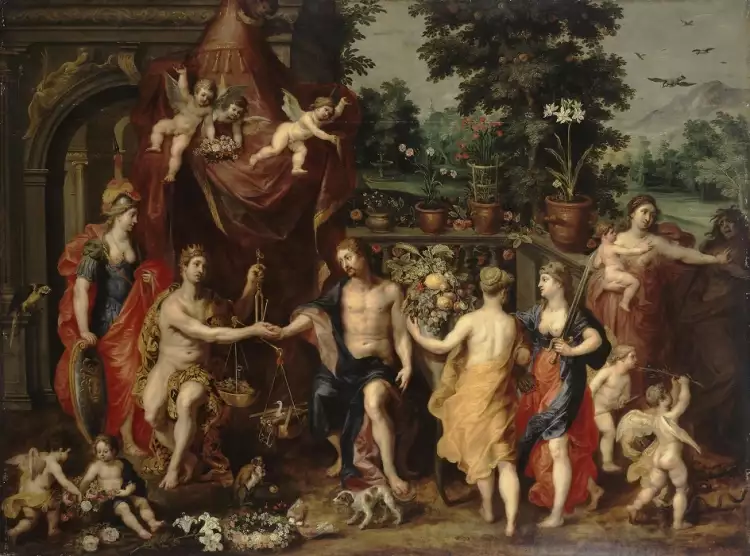 Allegory. Hendrick van Balen I. Jan Bruegel the Younger. Allegory of the Virtuous Life, 1626
Allegory. Hendrick van Balen I. Jan Bruegel the Younger. Allegory of the Virtuous Life, 1626
Many prominent artists used allegorical imagery in their works. Museums around the world and private collections contain hundreds of paintings with the title "Allegory," created in various styles and genres. Among them, there are masterpieces by artists such as:
- Sandro Botticelli.
- Titian.
- Michelangelo.
- Jan Bruegel the Younger.
In the late 19th century, interest in allegory was revived with the emergence of a new art movement - Symbolism. Later, representatives of various avant-garde movements of the 20th century began to use this artistic technique.
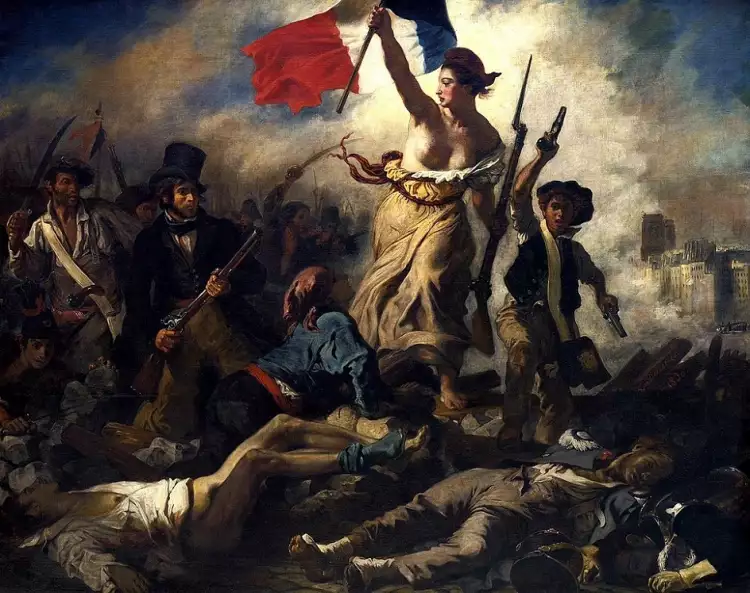 Allegory. Eugène Delacroix. Liberty Leading the People, 1830
Allegory. Eugène Delacroix. Liberty Leading the People, 1830
On the Very Important Lot portal, art enthusiasts can participate in auctions and acquire antique masterpieces. Our website also offers visitors the opportunity to directly purchase paintings from contemporary artists.
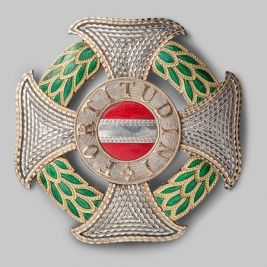 The Military Order of Maria Theresa is the most important officer's award in Austria
The Military Order of Maria Theresa is the most important officer's award in Austria  Art: its essence, types, genres, and history
Art: its essence, types, genres, and history  Genre of Nude in Painting: Evolution and Historical Trends of the Nude Style
Genre of Nude in Painting: Evolution and Historical Trends of the Nude Style  Cubism - a modernist style in 20th-century painting: the essence of the movement, history, and stages of development
Cubism - a modernist style in 20th-century painting: the essence of the movement, history, and stages of development  Neoclassical style in interior design is a modern interpretation of the noble traditions of antiquity
Neoclassical style in interior design is a modern interpretation of the noble traditions of antiquity 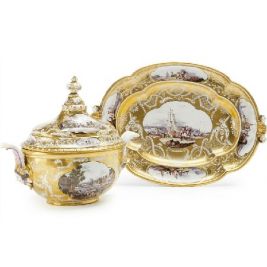 German Porcelain: History of Creation and Development
German Porcelain: History of Creation and Development  William Turner—the greatest British artist of all time
William Turner—the greatest British artist of all time 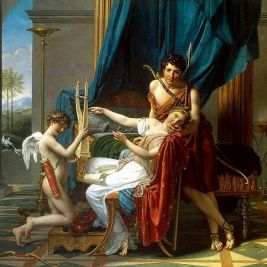 Neoclassicism: once again, an alignment with ancient ideals!
Neoclassicism: once again, an alignment with ancient ideals! 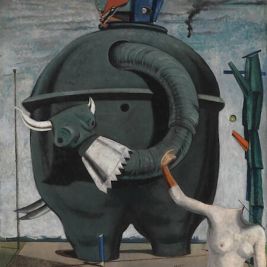 Modernism in painting - a different interpretation of reality
Modernism in painting - a different interpretation of reality  Special auction Faussner collection
Special auction Faussner collection